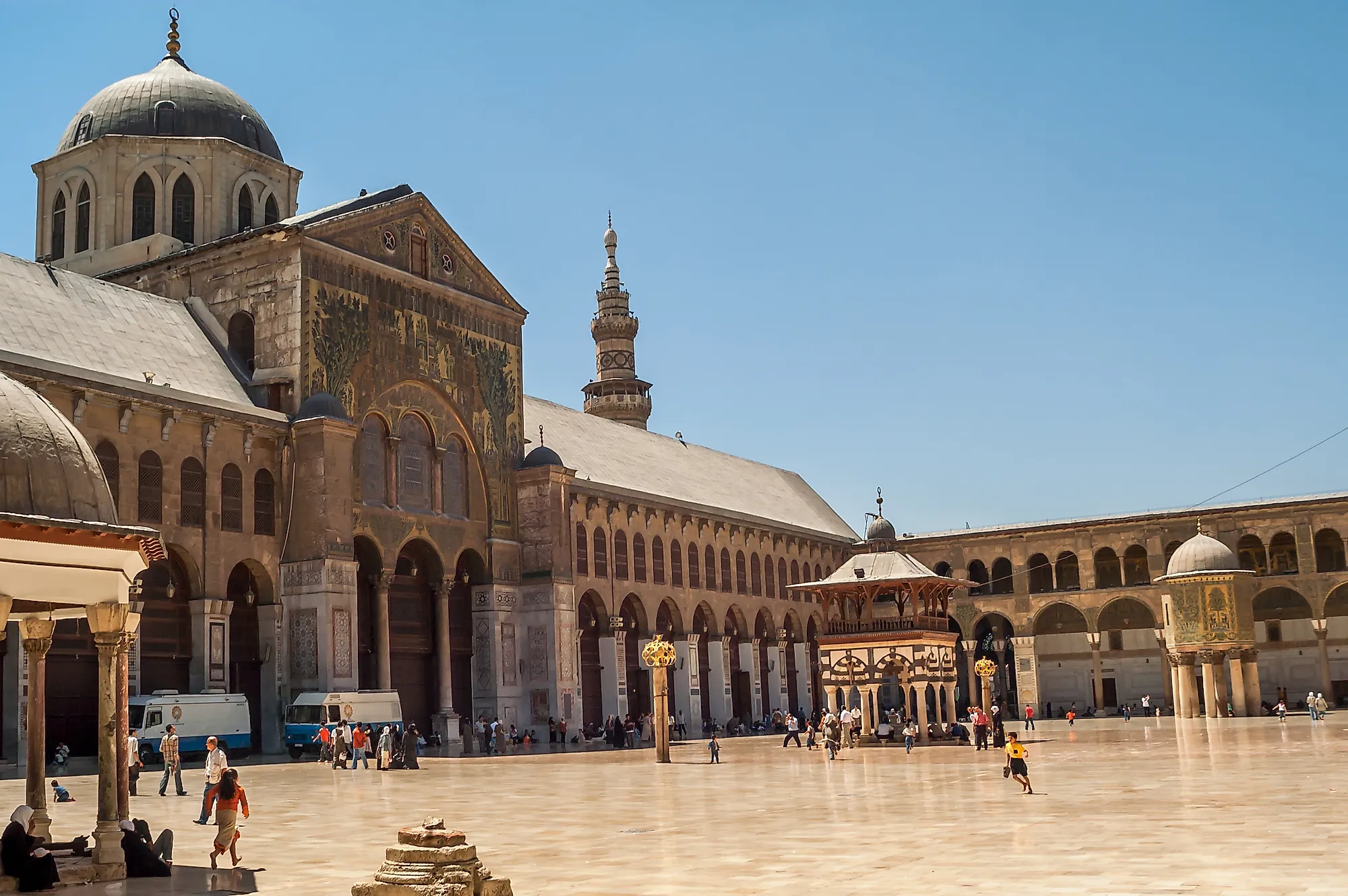
Umayyad Caliphate
The Umayyad Caliphate was an Islamic Empire that ruled North Africa, the Middle East, and even significant parts of Europe and the Indian Subcontinent for nearly a century, between 661 CE and 750 CE. It was named for its ruling family, the Ummayads, who were named after their common ancestor, Umayya ibn Abd Shams, a member of the Quraysh tribe in Mecca, Islam’s holiest city. The Umayyads took power following the first Muslim civil war, or fitnah. After gaining control of the Muslim Caliphate, they began expanding it. During their rule, the Umayyad Dynasty oversaw the construction of several important buildings, some of which still hold great significance today. But due to the overextension of the empire, financial difficulties, and internal strife, the Umayyad Dynasty saw its rule come to an end, replaced by the Abbasid Caliphate.
Birth of the Umayyad Caliphate
Following the death of Islam’s founder, the Prophet Mohammed, in 632 CE, his successor, Abu Bakr, became the first of four caliphs to control what was called the Rashidun Caliphate. During the Rashidun era, Muslim armies launched invasions into the Fertile Crescent region (modern-day Iraq, Syria, Lebanon, Jordan, Israel, the West Bank, and Gaza Strip), Iran, the islands of the Greek archipelago, Egypt, and other parts of North Africa. In 656, the Third Caliph, named Uthman, was murdered. His successor, Ali, was not welcomed by some in the empire. One person that opposed him was the governor of Syria, Muawiya, who was a cousin of Uthman. The power struggle between Ali and Muawiya was the catalyst for the first Muslim civil war, known as the First Fitnah, which raged between the years 656 and 661. The war ended when Ali was murdered in 661 by an extremist group called the Kharjites, who also tried to kill Muawiya, but failed. Ali’s death allowed Muawiya to become the first Caliph of the Umayyad Dynasty.
Consolidation and Expansion of the Umayyad Caliphate
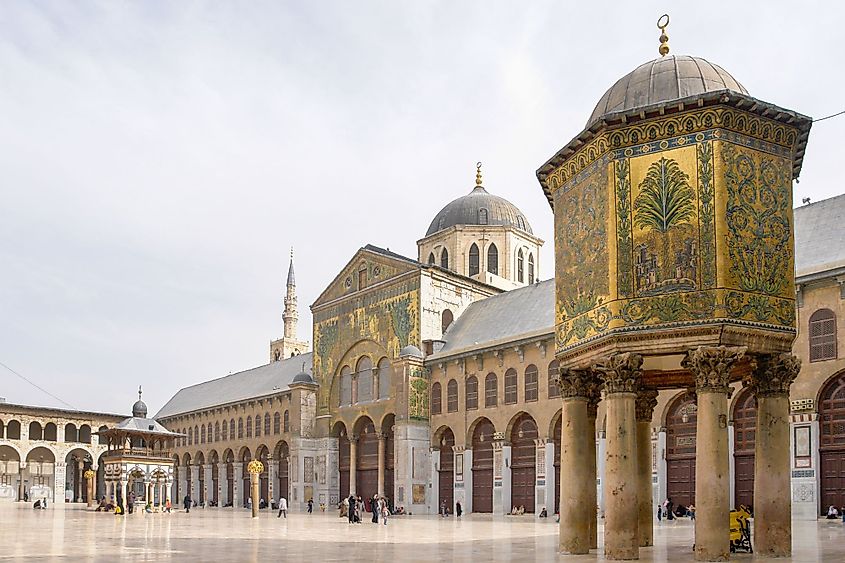
Muawiya I, would rule the Islamic Caliphate for 19 years, from 661 to 680. During his reign, he moved the capital of the Caliphate to Damascus, the present-day capital of Syria, as Syria was where much of his support base came from. Muawiya I also undertook significant administrative reforms, such as the creation of a police network known as the Shurta and bureaus called diwans, which were each tasked with responsibility for managing certain facets of the Caliphate. One example of these diwans was the diwan al-bareed, or postal service, which made communication throughout the vast Islamic empire more efficient. Furthermore, in order to secure the loyalty of his fellow Arabs, Muawiya utilized two institutions that were pillars of Arab society at the time: the shura and the wufud. The former of these was a council of notables that acted as advisors to the Caliph, while the latter were envoys sent by Arab tribes to inform the Caliph of their interests.
Muawiya I was also successful in expanding the borders of the Islamic Caliphate. His forces conquered the entire North African coast, all the way to the Atlantic coast of present-day Morocco. In addition, Muslim forces managed to seize more territory in Central Asia, all the way to the Amu Darya River, which passes through present-day Turkmenistan, Uzbekistan, Tajikistan, and Afghanistan. Muawiya I also managed to retake territory that was previously taken by the Byzantine Empire.
Within some of the territories conquered by the Umayyad Caliphate were communities of religious minorities. Being aware of this, Muawiya I strived to enact a policy of tolerance towards these non-Muslim communities. Among his policies was to allow non-Muslims, at least those who were also monotheists, the right to continue practicing their religions as they pleased. Muaniya I also gave non-Muslims jobs in the Caliphate’s administration. For example, many of his top officials, who held posts such as secretary of state and minister of finance, were Christians, as were some provincial governors. Even Muawiya I’s wife, Maysun bint Bahdal al-Kalbiyyah, was reputedly a Christian.
The Umayyad Caliphate at its Height
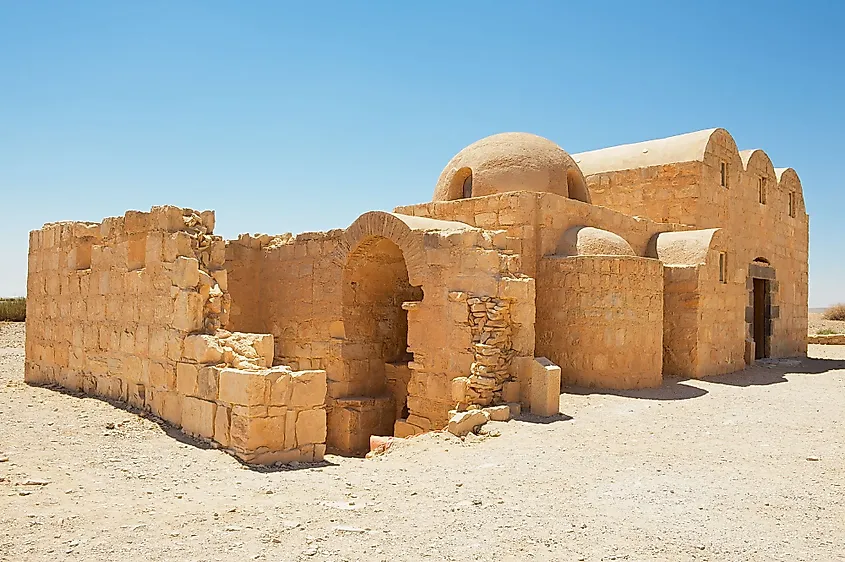
Following the death of Muawiya I in 680, his son Yazid I took the title of Caliph. Arabs were not accustomed to dynastic rule, so Yazid I’s accession was met by significant resentment. Among those who disagreed with this hereditary succession was Husayn ibn Ali. Encouraged by his followers, Husayn hatched a plan to attack Damascus and overthrow Yazid I. But Yazid’s forces intercepted him in the city of Karbala, now located in present-day Iraq. They subsequently beheaded him. This event, which is still commemorated by Shiite Muslims to this day, triggered the outbreak of the Second Fitnah. This new civil war would end with the Umayyad Dynasty retaining power. Moreover, the period that followed the Second Fitnah would see the Umayyad Caliphate reach the peak of its power.
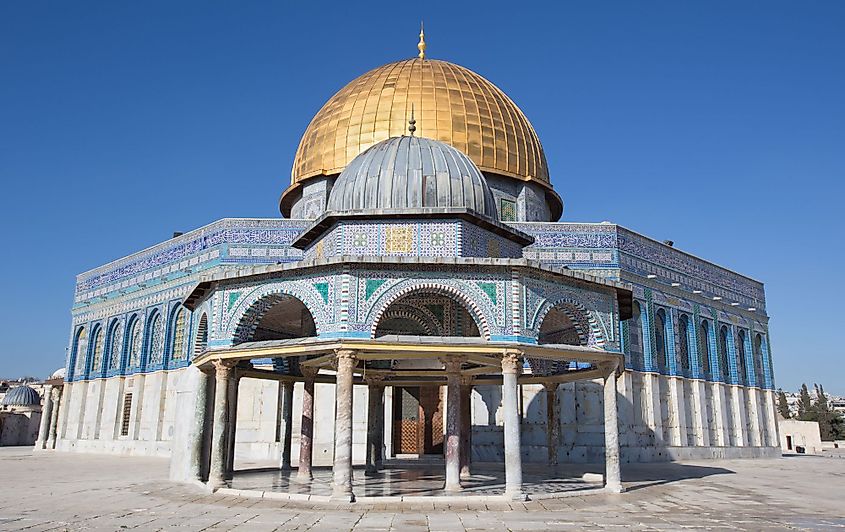
The man credited for putting the Caliphate back together after the Second Fitnah was Abd al-Malik, who ruled from 685 to 705. He vanquished his rivals and reunited the Caliphate. He then set about centralizing rule. Unlike Muawiya I, Abd Al-Malik was more authoritarian, and preferred making decisions himself rather than consulting with members of bodies like the aforementioned shura and wufud. He conducted a campaign of Arabization, making Arabic the official language of the entire Islamic realm. He also established an official currency for the Caliphate. Furthermore, Abd Al-Malik commissioned the building of some of Islam’s greatest architectural wonders. These include the Dome of the Rock and Al-Aqsa Mosque in Jerusalem. The latter is regarded as the third holiest mosque in Islam. Abd Al-Malik also undertook public works projects, such as the construction of roads, canals, and dams. The stability of his rule allowed trade to flourish, and also allowed people to move freely throughout the Islamic world.
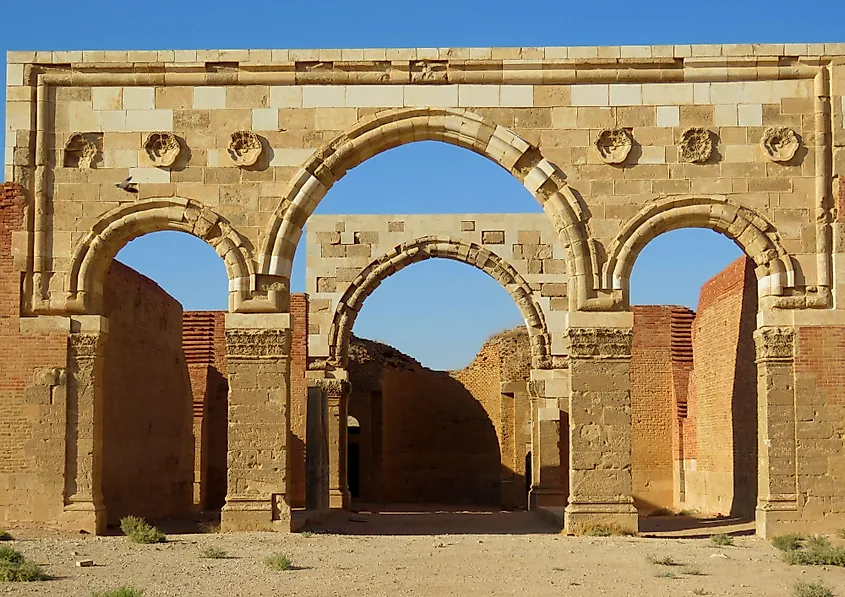
In the years during and after Abd Al-Malik’s rule, the Islamic world that the Umayyad Dynasty ruled got a lot bigger. Umayyad rule was re-established in North Africa, this time, beyond the coastal regions. The region’s native Berber population came to accept Islam. It was these Berbers who helped carry Islam into Europe during the conquest of Spain, which began under Abd Al-Malik’s successor, his son, Al Walid. At the same time, the Umayyad Caliphate also expanded eastward, subjugating parts of present-day Pakistan and Central Asia. After Al-Walid’s death, however, the Caliphate began to decline.
Decline and Fall of the Umayyad Caliphate
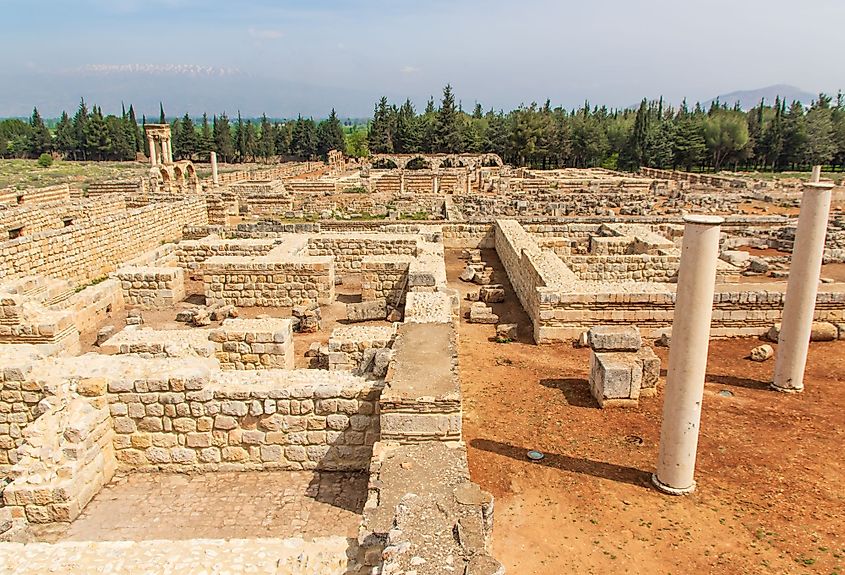
Between the years 715 and 724, the Umayyad Caliphate had three different rulers. The first, Sulayman, had many of the talented governors and generals that were appointed by his predecessor killed. He also launched a campaign to conquer Constantinople, the capital of the Byzantine Empire, which ended in disaster. After only two years, Sulayman died and was succeeded by Umar II, who was poisoned by his own family after ruling for only three years. The Caliphate was then ruled for just four years by Yazid II, whose inept governors lost control of the vast Islamic Empire.
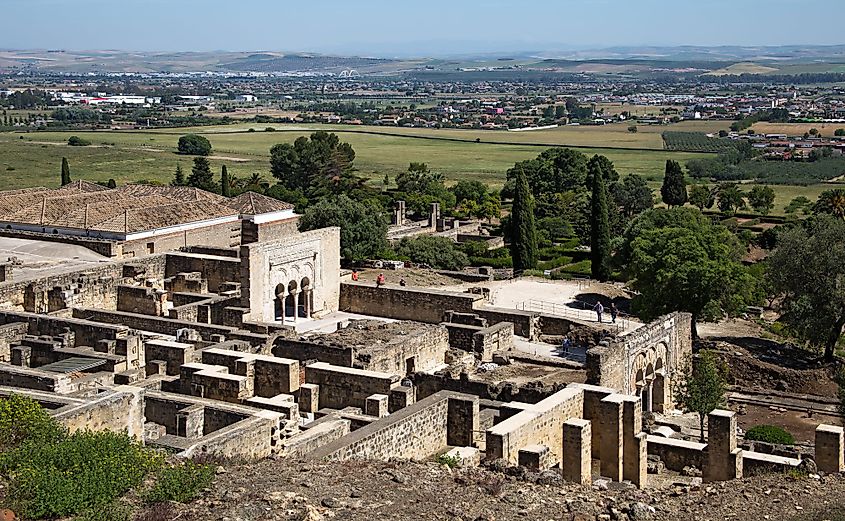
Things turned around, however, when Hisham became the Caliph in 724. During his twenty year rule, he managed to restore order in the Caliphate. But he too suffered significant defeats. In 732, the Umayyad Caliphate’s attempt to invade the rest of Europe from Spain was halted in France, at the historic Battle of Tours, in which the forces of the Frankish Kingdoms defeated those of the Caliphate. In 739, the Berbers of Morocco revolted, and eventually forced the Caliphate out. When Hisham died in 743, the Islamic Caliphate again descended into civil war. This civil war, called the Third Fitnah ended with the victory of the Abbasids over the Umayyads. In 750, the first Abbasid ruler, Abu Abbas, became Caliph, marking the beginning of the Abbasid Caliphate.











